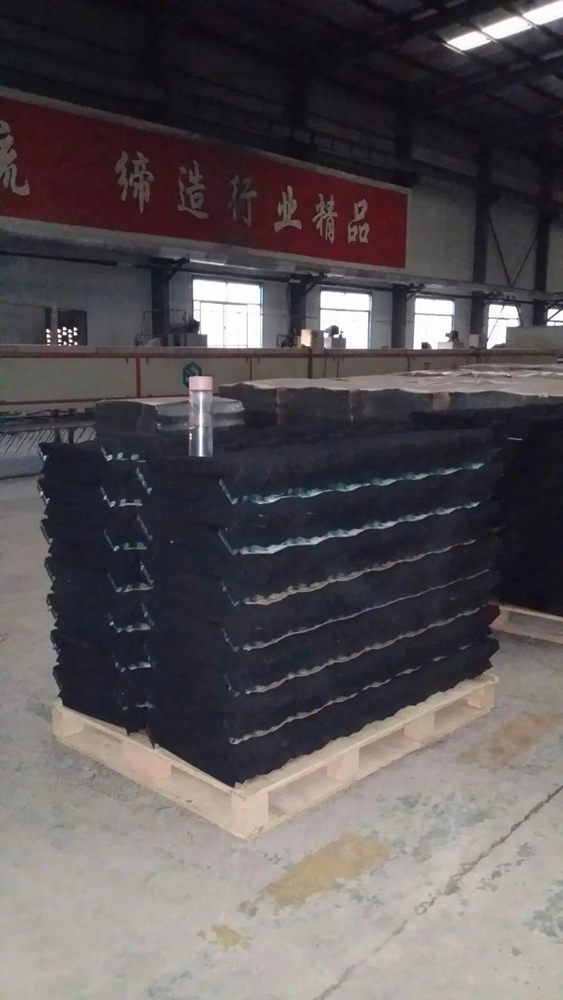
Stainless Steel Pipe Making Equipment An Overview
The production of stainless steel pipes is a critical process in various industries, including construction, automotive, and plumbing. Stainless steel pipes are favored for their durability, corrosion resistance, and aesthetic appeal. To manufacture these pipes, a variety of equipment and technologies are employed, each playing a crucial role in ensuring high-quality output.
Key Equipment in Stainless Steel Pipe Manufacturing
1. Steel Slitting Machine The first step in producing stainless steel pipes is to cut large coils of stainless steel into narrower strips. The steel slitting machine is designed for this purpose. It uses sharp blades to precisely slice the coils, enabling downstream processes to work with manageable sheet sizes. The accuracy of this machine is vital, as it directly affects the quality of the finished pipes.
2. Forming Machine Once the stainless steel strips are prepared, they are fed into forming machines. These machines shape the strips into pipes. There are several types of forming techniques, including spiral welding, longitudinal welding, and seamless pipe production. Each method has its benefits depending on the application of the pipes. For instance, seamless pipes are often used in high-pressure situations due to their strength and integrity.
3. Welding Equipment Welding is a critical step in the production of stainless steel pipes, especially in welded varieties. Various welding methods are employed, such as TIG (Tungsten Inert Gas) and MIG (Metal Inert Gas) welding. The choice of welding method depends on the pipe size and the required strength of the weld. Advanced welding machines ensure high precision and consistent quality, which are essential for safety and performance in applications where these pipes will be used.

4. Heat Treatment Furnace After welding, pipes often undergo heat treatment to relieve stresses and improve mechanical properties. A heat treatment furnace ensures that the pipes are heated to the right temperature for the appropriate duration, which enhances their durability and corrosion resistance. This step is crucial for applications in harsh environments, where material strength can significantly impact performance.
5. Cooling and Annealing Equipment Following heat treatment, pipes must be cooled down and, in some cases, annealed to achieve the desired microstructure. This process not only influences the mechanical properties of the pipes but also their surface finish. Proper cooling equipment ensures that temperature gradients do not create defects within the pipes.
6. Inspection and Testing Machines Quality control is paramount in the production process. Various inspection and testing machines evaluate the physical and chemical properties of the pipes. This includes non-destructive testing methods such as ultrasonic testing and eddy current testing, which check for integrity without damaging the pipes. Rigorous testing helps to identify any defects early in the manufacturing process, reducing waste and ensuring compliance with industry standards.
7. Finishing Equipment The final touch in stainless steel pipe manufacturing involves finishing processes that enhance aesthetics and performance. This may include polishing, grinding, or coating to improve surface quality and protect against corrosion. High-quality finishing equipment is essential to meet the specific requirements of different applications, especially in industries demanding strict compliance with hygiene and safety standards.
Conclusion
The manufacturing of stainless steel pipes is an intricate process requiring a diverse range of specialized equipment. From slitting machines to inspection technologies, each piece of equipment contributes to the overall quality and efficiency of the production process. As industries continue to evolve and the demand for high-performance materials increases, advancements in stainless steel pipe-making equipment will play an essential role in meeting these challenges. By continually investing in innovative machinery and processes, manufacturers can not only enhance the quality of their products but also improve sustainability and reduce costs in the long run. The future of stainless steel pipe manufacturing lies in the integration of technology, precision engineering, and stringent quality control, ensuring that these essential materials meet the growing demands of modern applications.